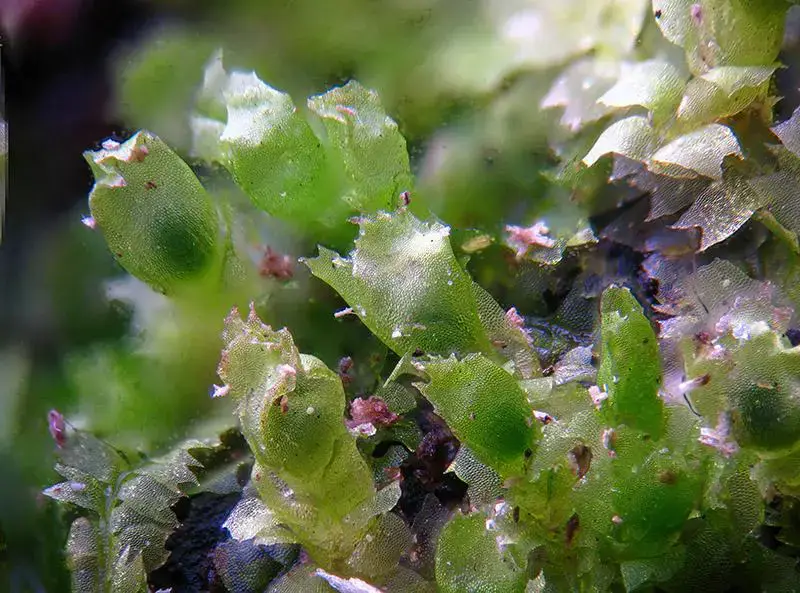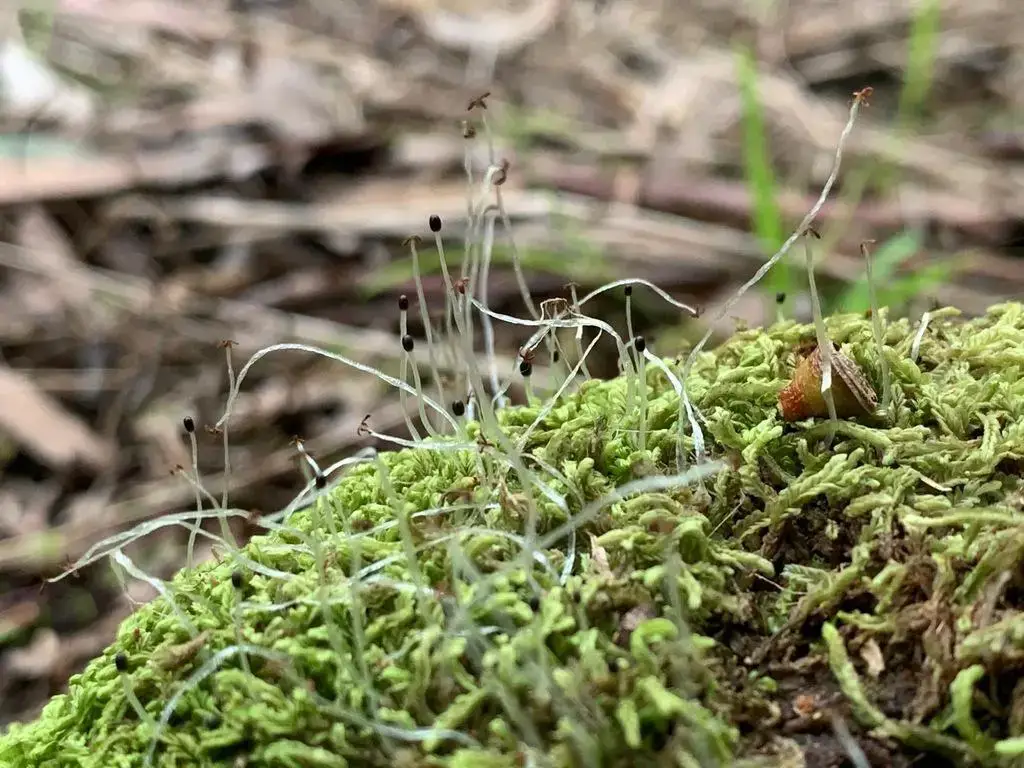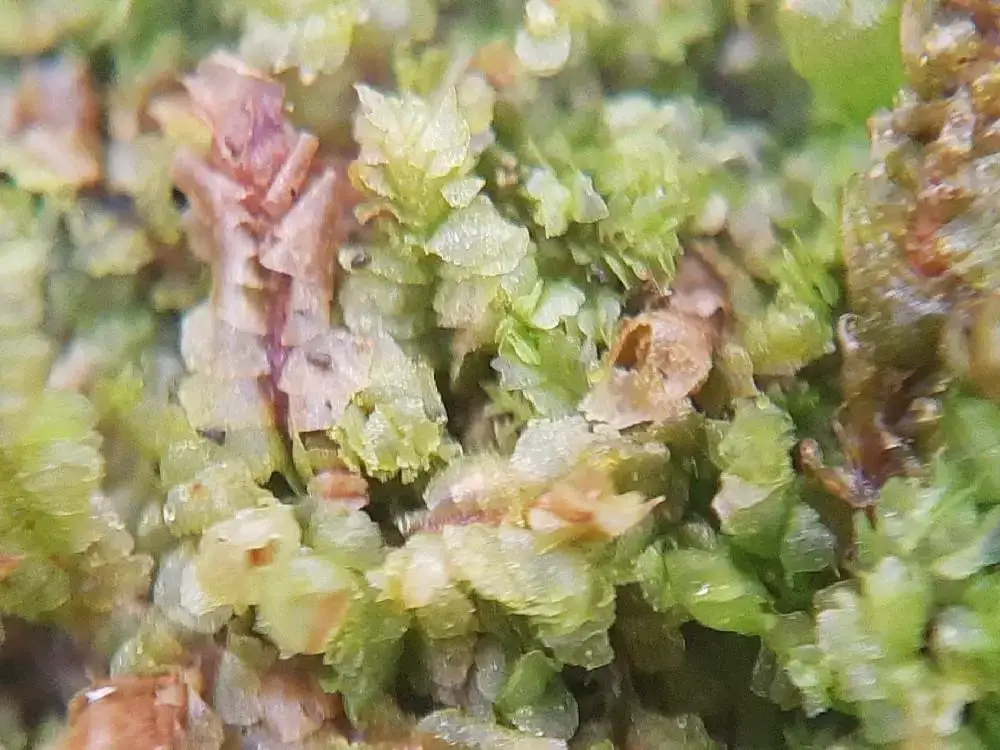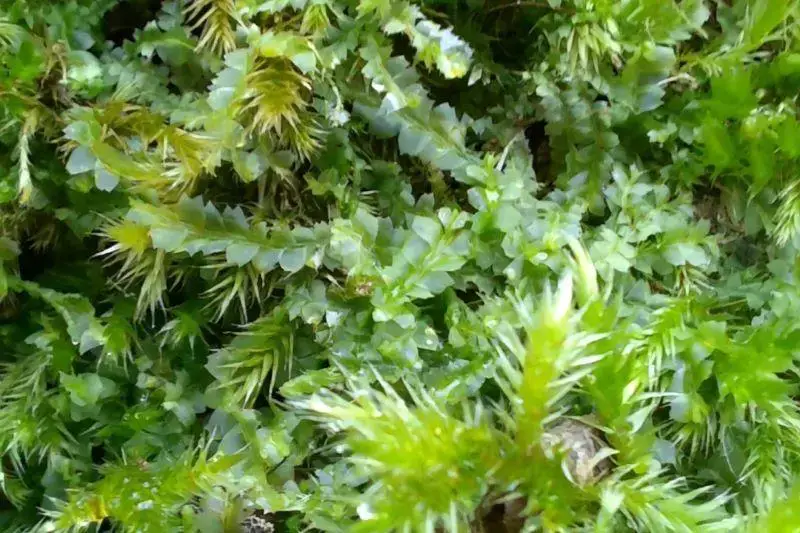
100.jpg_201628101552_100.jpg from: https://www.naturamediterraneo.com/forum/topic.asp?TOPIC_ID=264993
Exploring the Fascinating World of Lophocolea subcarnosa Schiffn. Moss
Introduction
Mosses are some of the most ancient and resilient plants on Earth, with over 12,000 species found across diverse habitats worldwide. In this blog post, we’ll take a closer look at one particularly interesting species: Lophocolea subcarnosa Schiffn., a moss in the Lophocoleaceae family, commonly known as Lophocolea.
Background
Lophocolea subcarnosa is a species of leafy liverwort, which are non-vascular plants in the division Marchantiophyta, class Jungermanniopsida. Liverworts are the closest living relatives of the first plants to colonize land over 470 million years ago. There are around 7000 known species of liverworts found in a wide range of environments.
Morphology and Identification

large.jpeg from: https://inaturalist.ala.org.au/observations/80072023
L. subcarnosa forms loose mats of prostrate or ascending shoots. The leaves are succubous (the upper edge of each leaf overlaps the lower edge of the leaf above), bilobed, and lack underleaves. The leaf cells have thin walls and are longer than wide.

43190354.jpg from: https://waarneming.nl/waarneming/view/226202753?_popup=1
Lophocolea

lophocolea-hetrophylla-01-02-2022rr.jpg from: https://natureyvelines.wordpress.com/2022/02/28/lophocolea-heterophylla/
is dioicous, meaning male and female reproductive structures are on separate plants. The perianth (a sheath surrounding the female reproductive structures) is trigonous, meaning it has three sharp angles or edges.
Global Distribution and Habitat
Lophocolea subcarnosa has a wide global distribution, found in Europe, Asia, Africa, Australia, and the Americas. It grows on soil, rocks, logs, tree bases and sometimes as an epiphyte on other bryophytes in moist, shaded habitats in forests and along streams from lowlands to mountains.
Ecological Roles and Adaptations
Like other mosses and liverworts, L. subcarnosa plays important ecological roles:
Nutrient cycling: Mosses efficiently absorb nutrients from their surroundings and later release them back into the ecosystem when they decompose.
Moisture retention: The dense mats formed by mosses help retain moisture and prevent soil erosion.
Microhabitats: Mosses provide shelter and microhabitats for many small invertebrates and microorganisms.
L. subcarnosa has several adaptations that allow it to thrive in its moist, shady habitats:
Poikilohydry: Like all bryophytes, Lophocolea can tolerate drying out and suspend metabolic activity until moisture returns.
Leaf structure: The thin, unistratose leaves allow efficient gas exchange and moisture absorption across the entire surface.
Rhizoids: These root-like filaments help anchor the plant and absorb water and nutrients.
Conclusion
Lophocolea subcarnosa Schiffn. is a fascinating example of the incredible diversity and resilience of mosses and liverworts. From their ancient origins to their vital ecological roles, these small but mighty plants have much to teach us. Next time you’re out in nature, take a closer look – you might just spot some Lophocolea thriving in the undergrowth! What other secrets of the plant kingdom are waiting to be discovered?